Mark Moore, an aerospace engineer, is the person who dreamed about the Puffin. Puffin is a single seated electric powered airplane. Moore conceptualized the idea of electric aircraft for his doctoral degree. Operating it from your house is as simple as taking out your car from the garage. You can launch this aircraft from your own home because of vertical take-off and landing. Mark Moore is trying to combine the best feature of a plane and a helicopter into a hybrid known as the Puffin. The Puffin is not some abstract reality that is not going to take a concrete shape.
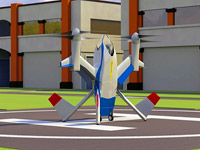 Moore is an expert in small aircraft flying system. He is working with NASA, MIT and the National Institute of Aerospace to turn Puffin into a reality. This electric aircraft would be 12-foot (3.7 m) long, and have a 14.5-foot (4.4 m) of wingspan. Puffin is already a hit in the Internet community. Moore himself tells the whole story, “The animation of the Puffin on YouTube has gotten more 648,000 hits in a week. Until the concept was mentioned in the media Jan. 19, the video had only been clicked on a couple of thousand times since it was uploaded to the NASAPAV channel last November.” The animation was created by Analytical Mechanics Associates graphic designers.
Moore is an expert in small aircraft flying system. He is working with NASA, MIT and the National Institute of Aerospace to turn Puffin into a reality. This electric aircraft would be 12-foot (3.7 m) long, and have a 14.5-foot (4.4 m) of wingspan. Puffin is already a hit in the Internet community. Moore himself tells the whole story, “The animation of the Puffin on YouTube has gotten more 648,000 hits in a week. Until the concept was mentioned in the media Jan. 19, the video had only been clicked on a couple of thousand times since it was uploaded to the NASAPAV channel last November.” The animation was created by Analytical Mechanics Associates graphic designers.
Another characteristic of the Puffin is it can take pilot up to 50 miles at a cruising speed of 150 mph. It’s also lightweight, totaling up to just 181kg when fully loaded with the batteries. But its greatest advantage without doubt is the zero carbon emission. The design would be powered by a total of 60 horsepower through electric motors, which are designed to be able to fail any two powertrain components on either side and still produce the required power to hover. It has a cruising speed of 150 mph (241 kph), but cruises more efficiently at lower speeds The range with current battery technology would be about 50 miles (80 km).
Moore draws the analogy between actual puffin bird and his own puffin. Puffin’s wings also look quite small for flying. Moore’s creation aircraft would also have small wings. He states another similarity between his bird and nature’s bird, “But it’s also apparently called the most environmentally friendly bird, because it hides its poop. So the vehicle is environmentally friendly because it essentially has no emissions. Also, puffins tend to live in solitude, only ever coming together on land to mate, and ours is a one-person vehicle.”
Puffin would be a hybrid of helicopter and small aircraft. Like a helicopter it would stand upright on the ground. Its tail consists of 4 legs that act as landing gear. It lifts off like a helicopter. When it hovers and leans forward to fly horizontally it gives the appearance of a hang-glider. Next step of the NIA will be to fly a remote control one-third size model. This experiment will enable them to validate theorems made in academic studies, with the particular emphasis on exploring the transition from hover to forward flight.
Video

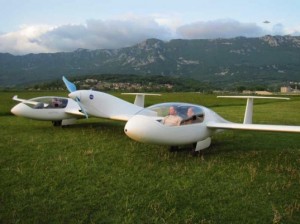
 Follow
Follow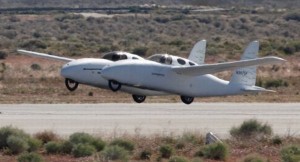
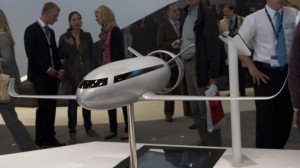
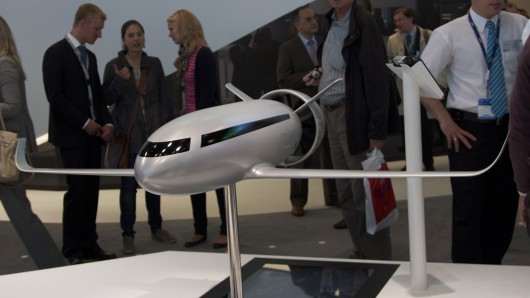
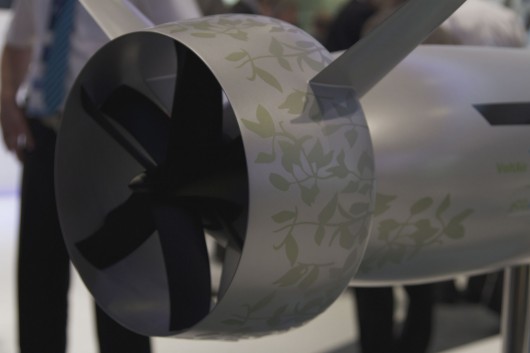
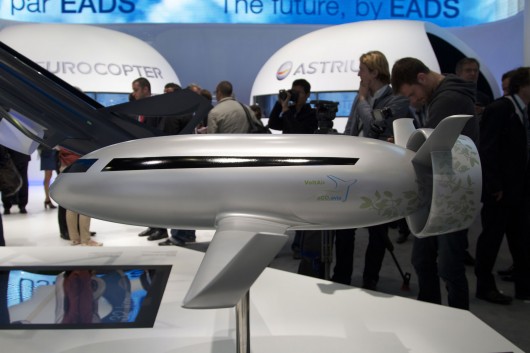

 Moore is an expert in small aircraft flying system. He is working with
Moore is an expert in small aircraft flying system. He is working with 